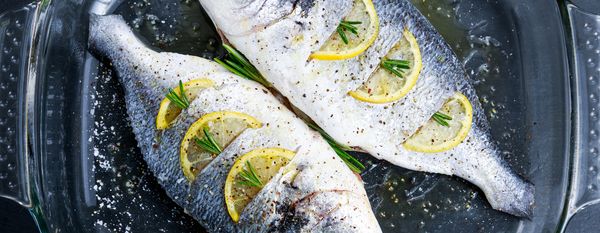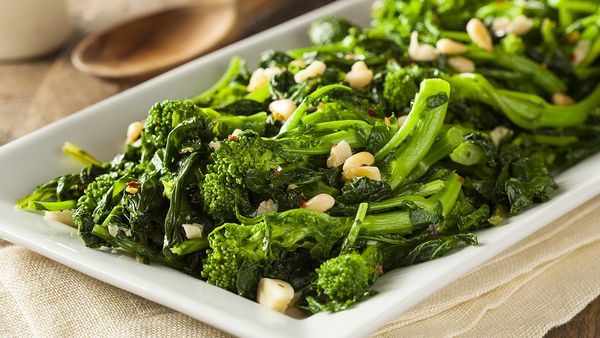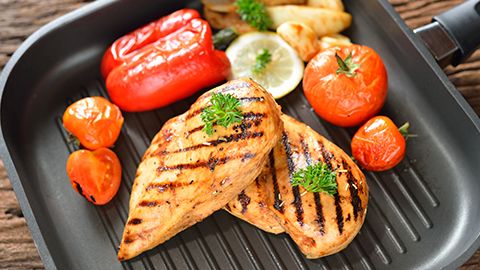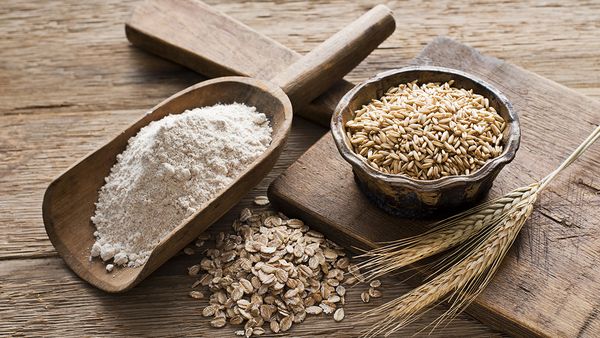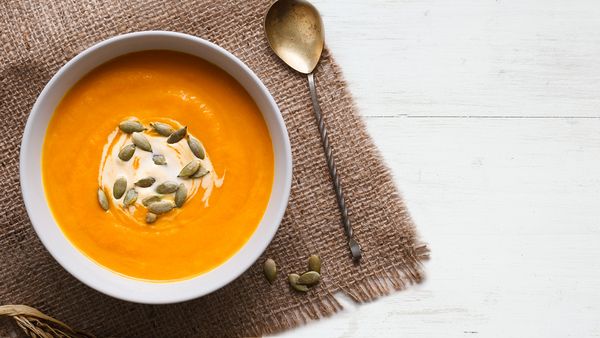Cooking fish can be a challenge - one minute too soon, and your fish comes out pink, slightly slimy and underdone; one minute too long, and you end up with tough, chewy meat. But it’s also a pretty exact science, which means that once you get your timing and technique down pat, you should end up with a perfect fish dish every single time. Not sure where to get started? This guide to cooking fish right will help you on your journey to delicious dinners.
Step One: The Right Cooking Style
The variety of fish available can be mind boggling - and different fishes have flesh of different textures which in turn suit different styles of cooking and preparation. In a nutshell, here’s a list of popular fishes and how you should be cooking them.
Cooking Fish at a Glance
| Fish Texture | Type of Fish | Cooking Method |
| Firm-fished | Tuna, Salmon, Swordfish, Mackerel, Sea Bream | Barbecue, Baking |
| Delicate | Sea Bass, Pomfret, Kurau Fish | Steaming |
| Oily | Cod, Salmon, Herring | Baking, Pan-frying |
| Flat Fish Slices/ Fillets | Sole Fish, Sardines, Tuna, Cod, Whiting Fillets | On the Grill, Pan-frying |
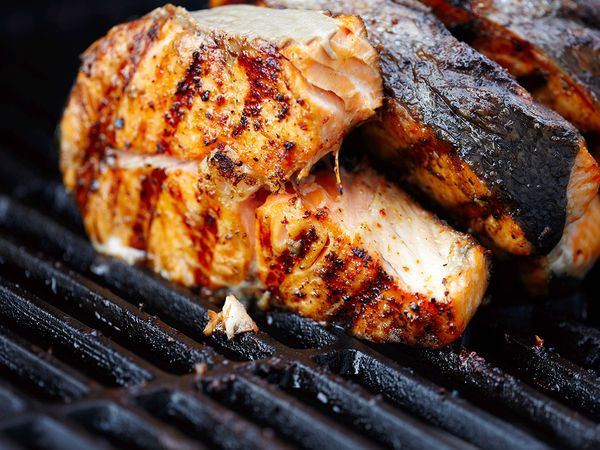
Barbecue:
Works best with fish that has firm flesh, and have been cut into thicker steaks. Barbecuing adds a wonderfully smoky flavour to the fish and is a great, fuss-free way to prepare it. Try barbecuing tuna, salmon, swordfish, mackerel, or even a whole sea bream.
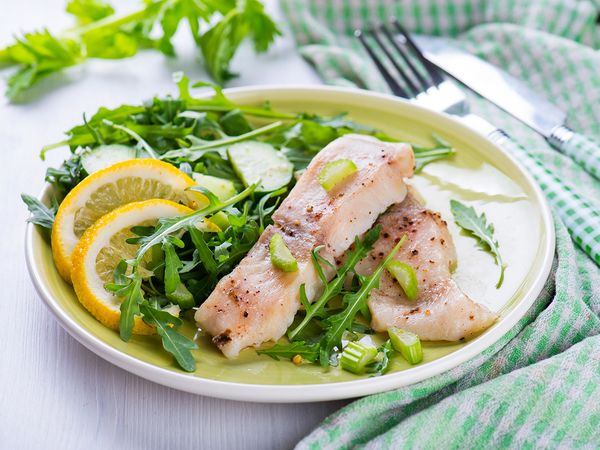
Steaming:
This is the healthiest way to prepare super fresh, whole and delicate fishes like sea bass, pomfret, and kurau fish. Minimal seasoning is needed, and the moisture is sealed in by the indirect heat.
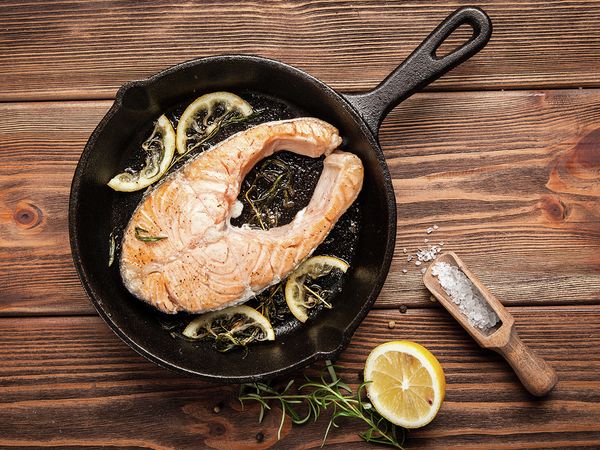
Pan-frying:
Perfect for soft white fishes like sole, tuna, cod and whiting fillets, or even oilier fishes like salmon and cod which work on well in a non-stick pan.
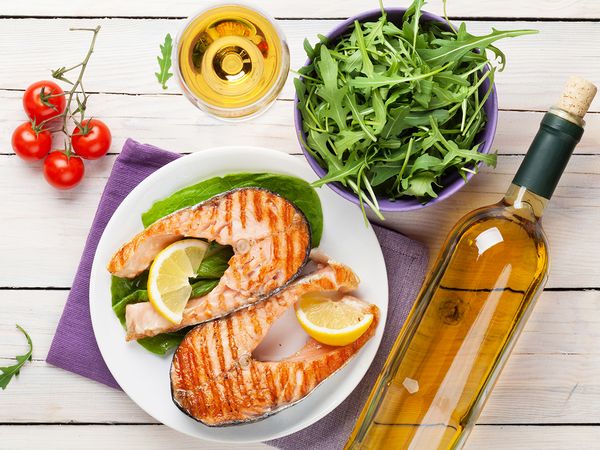
On the Grill:
Grilling is perfect for flat fish slices or thin fillets. The heat is direct and strong, so you won’t even need to flip it. You’ll also enjoy that yummy, char-grilled aroma. Suitable for sole fish, sardines and tuna.
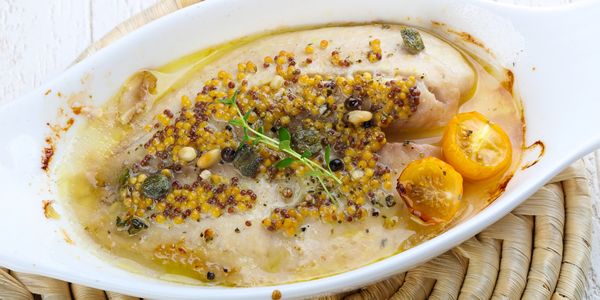
Baking:
This cooking method also suits firm-fleshed meat better as fishes with a more delicate, soft texture tend to dry out in the oven. Try preparing your fish en papillote (steamed in parchment paper), to retain the juices and moisture. Baking fish is also a great way to cater to parties because it's so convenient and preparation for larger numbers is simple. Works well with oilier fishes like cod, salmon, and herring.
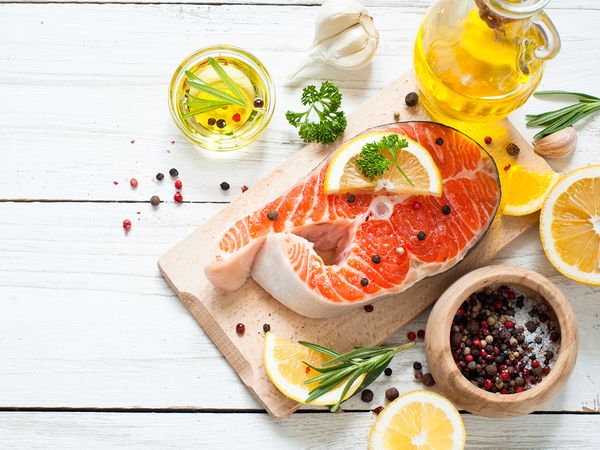
Step Two: Pump Up the Flavour
When it comes to flavouring and marinating your fish, follow this rule - delicate, soft-fleshed fishes should be flavoured simply with clean, clear seasonings like ginger, lemongrass, butter or simply salt and pepper to preserve its natural sweetness. Firmer-fleshed fishes taste better when curried, or marinated in stronger, spicier flavours and herbs. What you need to look out for is how long you marinate them for. Marinate whole fishes for no longer than overnight; thin fillets for no longer than 45 minutes; and small chunks for no more than 2 hours. Anything longer will turn the fish mushy, especially if the marinade is acidic and contains ingredients like lemon and lime.

Step Three: How Do I Achieve Perfectly Cooked Fish?
The rule of thumb when it comes to cooking fish is 8 minutes of cooking time per inch of fish. But the timing changes when you use high or low heat, and also varies when the fish is cut thicker or thinner. So try this instead.
When cooking thicker cut fish pieces, cook for 1 minute on high heat on each side to sear and lock in the moisture. Then bring it down to medium or low heat, cook approximately for 8 minutes per inch of fish. When it comes to thinly sliced fish fillets - about ¼ inch thick, cook just a minute on each side, on medium to high heat.
Remember to take the fish immediately off the heat when you're done - or it will continue to cook and may overcook very quickly on residual heat, causing it to fall apart.
